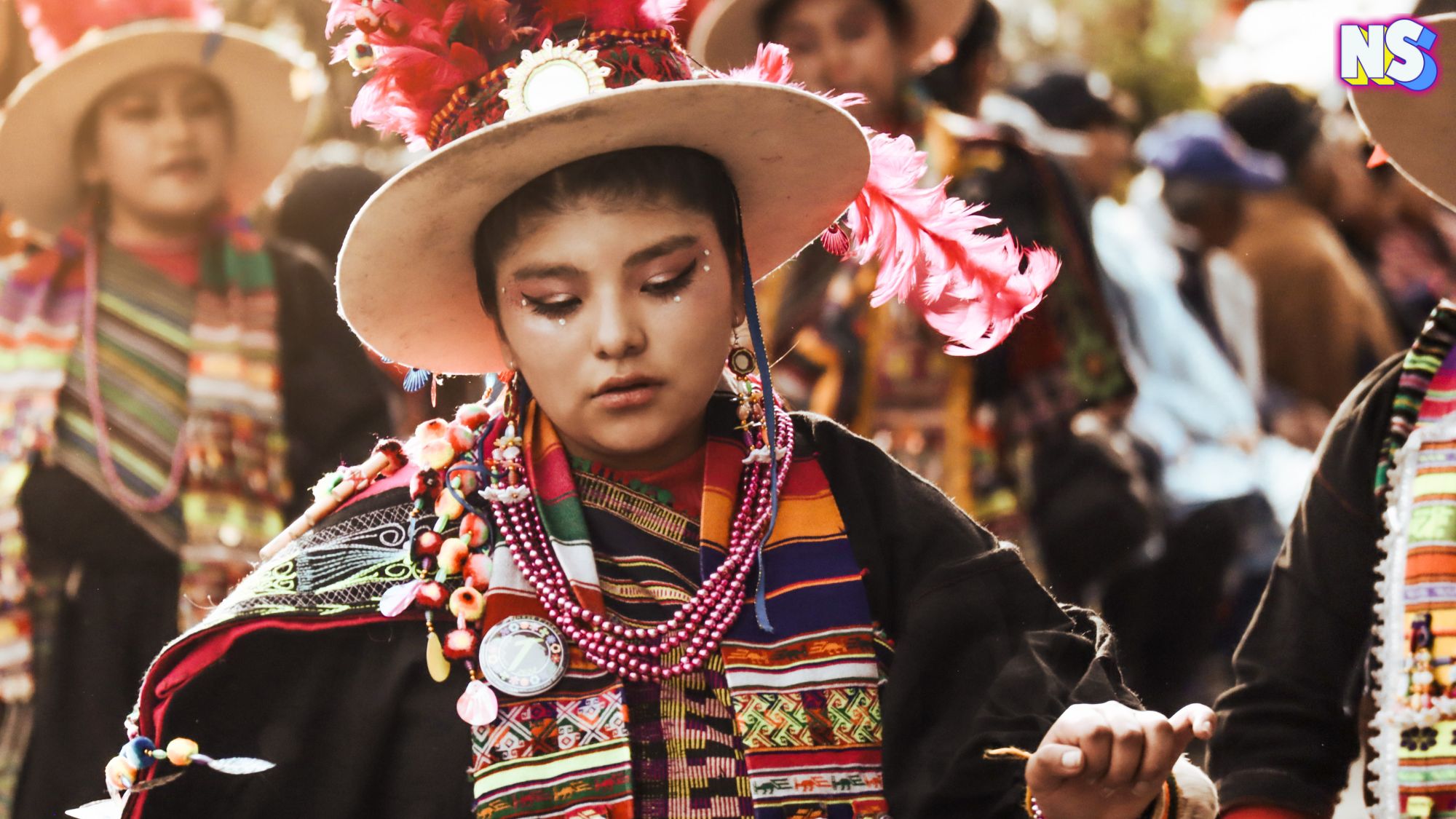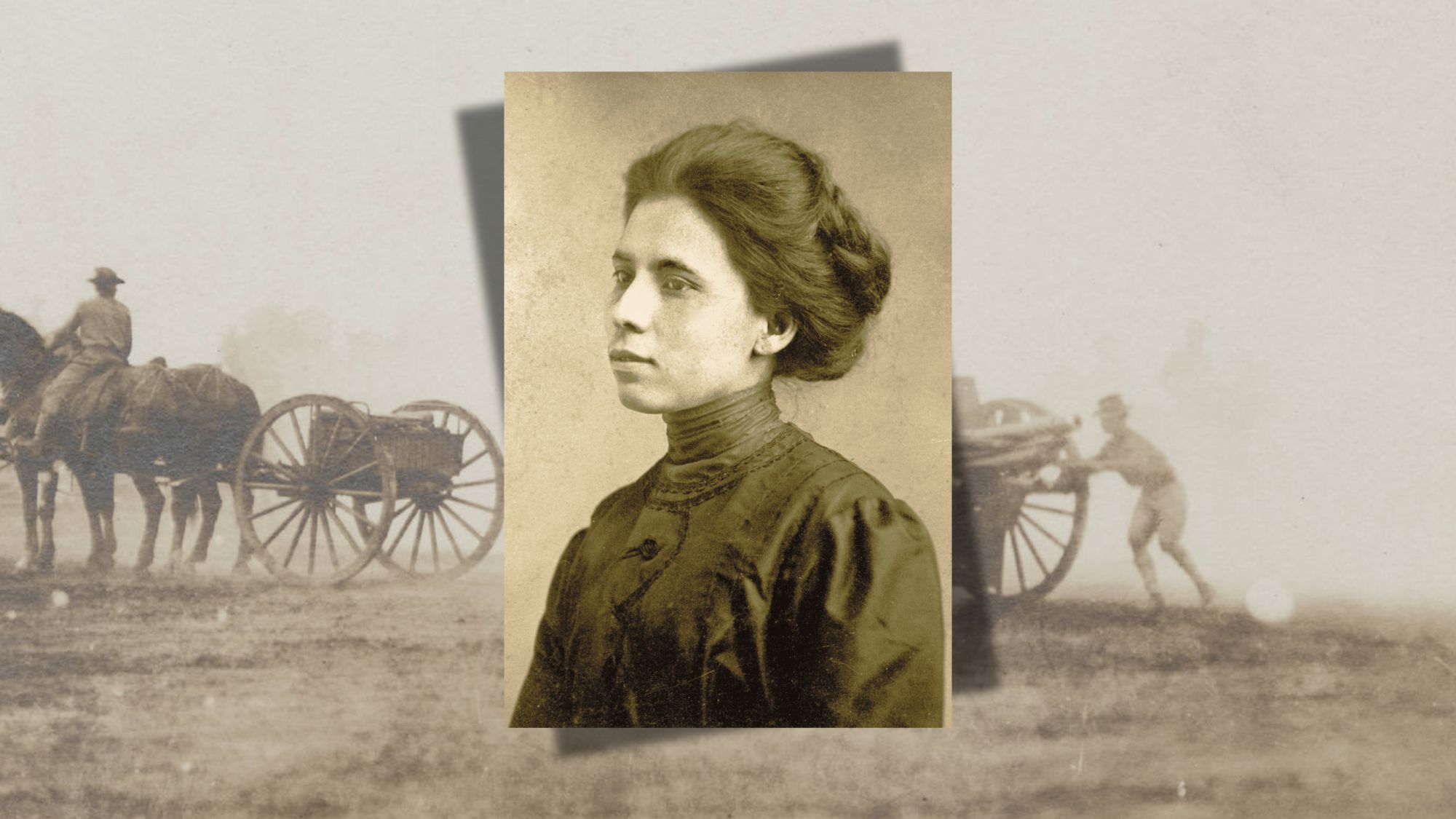In Bolivia, a cultural revolution is taking place, with cholitas leading the way. Traditionally marginalized and overlooked, these Aymara women are reclaiming their heritage with a new sense of pride. Clad in their attire of wide skirts, braided hair, and bowler hats, a group of cholita climbers break stereotypes and scale new heights — literally.
In a country where they were once banned from public spaces, these cholitas are now making headlines as they conquer the region’s highest mountains, challenging societal norms with each step. They’re known as the “Cholita Climbers,” and they come from a long line of strong Bolivian women.
Their next stop: the summit of Mount Everest. But first, let’s get to know Bolivia’s cholitas and their journey to the top of the mountains.
Who are Cholitas?
“In Bolivian culture, the term ‘Cholita’ holds significant historical and cultural significance,” the outlet VisitSouthAmerica explains.
The term “Cholita” refers to indigenous women in Bolivia who proudly embrace their cultural heritage. It originated from the Spanish diminutive form of “cholo,” historically used to describe individuals of mixed indigenous and Spanish heritage.
These women have maintained a style of dress typical of the Aymara tradition that hails from the Altiplano, the high plain surrounding the country’s capital, La Paz.
Cholita Climbers Break Stereotypes
As recently as a decade ago, Bolivia’s indigenous Aymara and Quechua women faced social ostracization and marginalization.
Recognizable by their wide skirts, braided hair, and bowler hats, these women, known as “cholitas,” were even banned from using public transport and entering certain public spaces. However, their movement gained momentum after Evo Morales, Bolivia’s first indigenous president, was elected in 2006.
Since then, they have been organizing and advocating for their civil rights, challenging stereotypes, and celebrating their accomplishments. Now a group of cholita climbers are making international headlines for breaking stereotypes.
Cholitas Scale New Heights
Cholitas are shattering barriers and are now making their mark in various fields, from wrestling to media to fashion, and more. One group that has made recent headlines are the cholita mountain climbers.
“Four Indigenous Aymara climbers hope to become the first Bolivian women to summit Mount Everest,” DailyMotion explains.
They cholita climbers wear the traditional pollera – voluminous, multilayered skirts, once a symbol of oppression dating back to the 16th century.
The Cholita Climbers were not always mountaineers. Many of them worked as high-mountain cooks, preparing meals for trekkers and climbers. But their passion for the mountains led them to a new path. In 2015, they formed an association dedicated to mountaineering. Their goal was clear: to challenge the sexist and discriminatory attitudes prevalent in Bolivian society and prove that women could conquer summits just as capable as men.
Cholita Climbers' Victory
The Cholita climbers' choice of attire – the pollera – is deliberate. It’s a nod to their heritage, a celebration of their Indigenous identity.
As they ascend peaks like Huayna Potosi, Illimani, and Sajama, their skirts swish with each step, defying the conventional image of mountaineers in technical gear.
They wear their embroidered blouses, colorful shawls, and bowler hats with pride. And when they reach the summit, they raise their ice axes high, proclaiming their victory over both the mountain and societal expectations.
Featured image by Jail ibañez, CC BY-SA 4.0 https://creativecommons.org/licenses/by-sa/4.0, via Wikimedia Commons.





